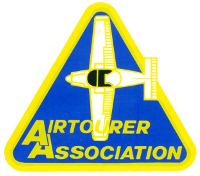CASR 91 Rules for Formation
Formation flying
Aircraft not to be operated in manner that creates a hazard (CASR 91.055)
You must not operate an aircraft in a manner that creates a hazard to another aircraft, person or property.
CASR 61.385 requires that you must be competent before you fly your aircraft. Although your competence is checked periodically you must always be conversant with aircraft systems, performance and limitations etc. Seek refresher training if necessary.
See CASR 61.385, for more detail about the limitations on exercising the privileges of your pilot licence.
Flying in formation (CASR 91.205) (MOS 6.01)
You may only fly an aircraft in formation, if you have prearranged the flight with the other pilots making up the formation.
You may only fly an aircraft in formation at night, or in IMC, if you hold an approval.
Pilots must hold a flight activity endorsement to fly in formation. See CASR 61.380 and Flight activity endorsement table (61.1145).
Exception: If you are soaring, with one or more gliders in a thermal, and although such a flight constitutes a formation flight, you do not need to have prearranged the flight with other pilots (CASR 91 MOS 6.02).
Aircraft are flying in formation any time 2 or more aircraft are flown in close proximity to each other or one or more aircraft are flying in-company and they operate as a single aircraft with regard to navigation, position reporting and control.
Aircraft are also considered to be in formation when they are manoeuvring to achieve separation from each other to effect individual control (break away) and during join up.
For determining what constitutes ‘close proximity’, you must consider the type of aircraft in the formation and their speed.
For surveillance purposes, only one aircraft in the formation or company needs to operate surveillance equipment.
